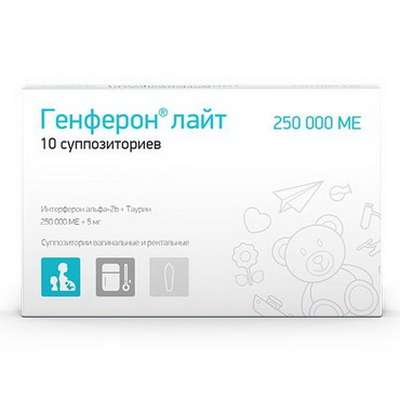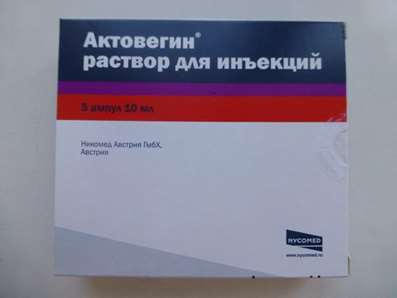FAQ: Genetic analysis
28 Oct 2016
7 facts about the different areas of modern genodiagnostics.
Molecular diagnostics - this is a very broad field, which can also be divided into several parts. One piece - a human genome analysis, which can be done once in a lifetime, and it will tell us about the human predisposition to various diseases, reveal paternity, maternity, learn their ethnicity (where you came from, to which population group do you think of), you can understand whether you are a carrier of a genetic disease, and how you react to certain medications. This is very useful information.

You can make the dynamics of gene diagnostics in: look for any changes in the body due to the analysis of freely circulating nucleic acids or from tissue biopsies. Select the DNA (or blood, or cells) and see what's wrong. Thus, it is possible to diagnose disease or select any treatment strategy for a particular disease at a particular profile genetic cells or groups of cells.
We often buy Phenibut, Bronkaid, Ketorolac and Picamilon for different purpose.
It is also possible to investigate the various diseases caused by viral infections, bacterial infections, etc. These are the three main areas of gene diagnostics, which are used today.
- 1.
This area has leaped forward over the past five years. Many breakthroughs in gene diagnostics, of course, have been made in deciphering the human genome, which was completed in the beginning of this century. These data were used for a large number of different tests and genetic strategies. The cost of sequencing the first human genome was more than $ 3 billion. Today we are able to sequence the human genome in 5000. And this cost tends rapidly to 1 thousand dollars. Hypothetically, it is possible sekvenirvoat human genome and for a few dollars. Depending on when they come on the market sequencing technology.
For improving your health you should buy Phenibut, Bronkaid, Noopept, and Phenylpiracetam.
- 2.
One of the areas of gene diagnostics, which our laboratory is studying at the Federal Research and Clinical Center of Pediatric Hematology, Oncology, and Immunology, - a non-invasive early prenatal diagnosis. This strategy of analysis and detection of different genetic diseases of the fetus during the mother's pregnancy. Already in the 10th week of pregnancy can be taken from the mother's blood, isolate fetal DNA prosekvenirvoat it decompose for a number of readings on chromosome ploidy and see is the number of chromosomes in the fetus. It is possible to identify diseases such as Down syndrome (the three 21-x chromosome), Edwards syndrome and syndrome of sweat (ie 13th and 18th chromosomes). Such tests have already been launched in the US by four companies and are actively used. Hypothetically, it is possible to identify a large number of genetic diseases, which at the moment there are more than 1500, and in this case it is necessary to sequence the genome of almost all.
But even now you can buy Meldonium Sharapova, Demadex and Adrafinil.
- 3.
The history of the early non-invasive prenatal diagnosis by freely circulating nucleated acids began in 1997, when Professor Dennis Lo of Hong Kong has allocated the fetal DNA and fetal RNA from peripheral blood of the mother, and published the results. He patented methods, using the freely circulating fetal nucleic acids for prenatal diagnosis. On the basis of his research, several research groups have begun to develop diagnostic methods. In late 2011, appeared on the market the first tests to identify Down's syndrome, Patau and Edwards on the peripheral blood of the mother. That is, by opening up to mass use in the clinic took about 15 years. Now these breakouts occur more and more often. Today, gene diagnostics is often used for the detection of various cancers. In peripheral blood, we can identify a large number of types of cancer. As for the picture of the genetic and epigenetic on. We can not just sequencing DNA, we can look at various other mechanisms of regulation.
- 4.
It is a big boost in the development of genetic screening given by such companies as «23andMe», «Pathway Genomics» and «Decode». These are companies that have begun offering genetic screening for ordinary people, either directly or through doctors. In these companies, you can send a sample of saliva, they isolate DNA and talk about ethnicity, show the carrier of various diseases and predisposition to diseases, and metabolism of various drugs. And many companies are planning to move from microchip to complete genomic sequencing. This industry is relatively new, but now goes by leaps and bounds. Already today you can cheaply enough, less than $ 300, a relatively useful information on their own genome. In Russia, too, such studies are conducted and these companies also exist. This "Genanalitika", "Family Health Gene" and others. Also «Pathway Genomics» and «23andMe» company is also planning to run tests here.
- 5.
Many Asian countries, such as China, have invested huge amounts of money in the sequencing centers and centers of gene diagnostics and genoanalitics. The Chinese company, Beijing Genomics Institute (BGI) currently provides about 20% of the world sequencing. They constantly brings ever new analytical methods. Malaysia has invested huge money in bioinformatics. Malaysian Genomic Research Center is now cooperating with our Research and Clinical Center of Pediatric Hematology, Oncology and Immunology on creating gene diagnostics center.
- 6.
Molecular diagnostics is now very widely used for the analysis of infectious diseases and various pathologies. You come into the company, give blood, allocated a total DNA is PCR, or can be, for example, in some laboratory to make microchipping your DNA and see the different biomarkers of disease. Key research groups that deal with this in Russia is Govorun Vadim Markovich (Institute of Physico-Chemical Medicine) and Academician Skryabin. And little by little, these technologies on a commercial level.
- 7.
One of the bottle necks in gene diagnostics is bioinformatics. For the analysis of the complete genome, or even analysis of a large number of microarray data requires enormous computing power, data analysis algorithms, as well as a large number of bioinformatics specialists. And this is a problem. Now bioinformatic analysis of the genome may take longer than sequencing. Also, biological processes are caused by a complex interaction of genetic and epigenetic factors (epi - it means "above" the genetic processes), such as DNA methylation, a conformational change, microRNA, and many others. These processes are very complex and can only be studied using bioinformatics. In Russia, it should definitely invest in bioinformatics. Because it is unregulated area where there are no problems with the reagents, many algorithms can be run on a desktop computer and analyze the data obtained abroad. GeneGo and Ariadne Genomics - Only overnight bioinformatics of the most successful projects, which were sold to Western organizations for the millions of dollars it had Russian roots. In the field of bioinformatics can compete effectively and collaboration of large Western institutions.

 Cart
Cart





